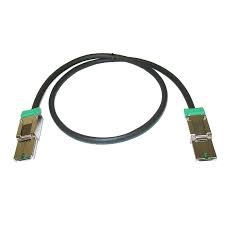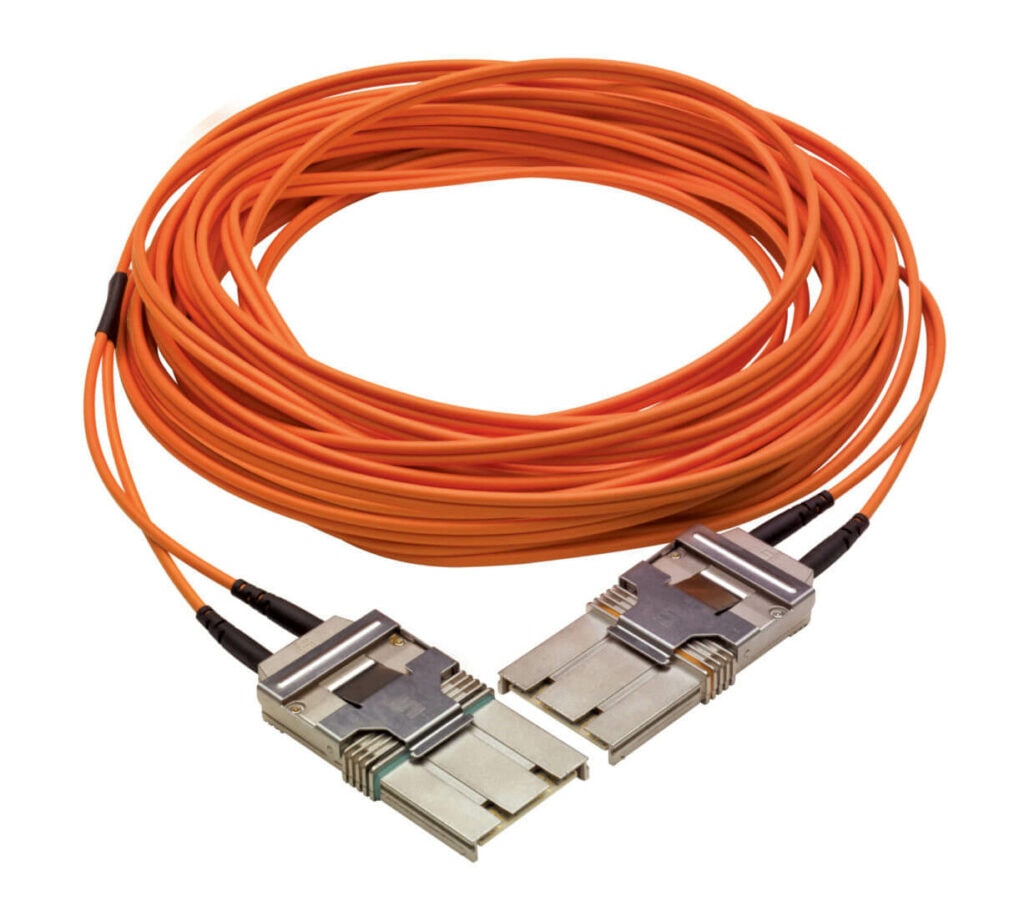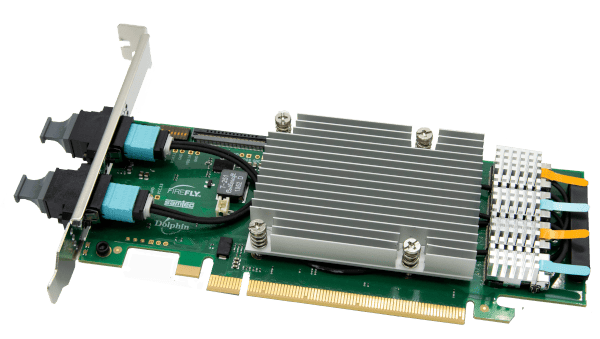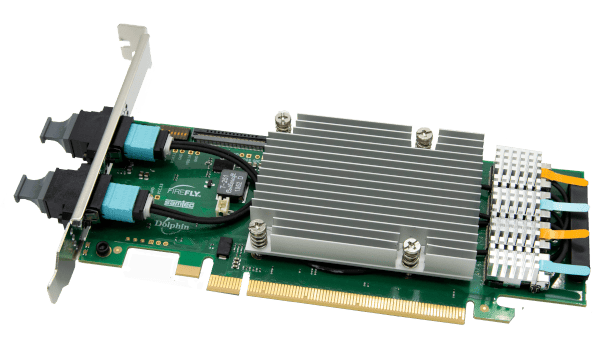The PCIe standard has proven itself in the industrial world. The architecture of computers has evolved over the years to become compatible with PCIe technology.
But what is PCIe over Cable? How it works? What are its advantages over PCIe?
Introduction
PCIe is a high-speed communication bus used in computers to connect expansion cards such as graphics cards, sound cards, network cards, etc. Traditionally, these cards are inserted into available PCIe slots on the motherboard.
This is how we find motherboards processor Intel Core for example, with PCIexpress slots that can accommodate PCI express cards (NVMe SSD storage drives, graphics card, audio device, USB, communication, data, etc.). For example, an SSD attached by PCIe will benefit from better bandwidth than the connection by SATA.
However, the development of this technology quickly reached its limits as the use and applications concerned are diverse and varied. The PIC-SIG committee then separated the PCIe connection from its mechanical connection on the motherboard via a cable. PCIe Over Cable (aka POC) typically uses twisted pair cables or fiber optic cables to transmit PCIe signals. These cables must meet strict specifications to ensure optimal performance and signal integrity.

Over Cable, copper or fiber?
PCIe is available on different link sizes (we usually talk about 1x, 4x, 8x and 16x). The idea of going through a cable makes it possible to transfer these same signals via specific cables. The connection to the PCIe slot of the processor motherboard is thus eliminated to make way for a remote peripheral card communicating in PCIe gen 3 minimum and solutions exist for Gen 4 or even gen 5 which is under discussion... Respect for the pins of the connector is important for the proper functioning of the link.
SAMTEC uses the FireFly to transfer its PCIe data over fiber optics. There are also copper solutions at Molex with the miniSASHD or the iPass.


With the evolution of computing, artificial intelligence and growing performance needs, GPU cards have taken their place in data center configurations and servers. These graphics cards, such as AMD or the nVidia Geforce RTX, are connected by PCIe (over cable) to concentrate data processing in remote and cooled bays. This can be useful in scenarios such as remote workstations, multi-GPU setups, virtualization environments, or applications requiring extensive PCIe connectivity.
The PCIexpress over cable is typically used for applications requiring short distance PCIe expansion rather than applications requiring maximum performance, this is due to signal degradation over longer distances. This is why it is important to choose the right cable to have reliable and efficient connections.
Watch this amazing video about the 100m fiber PCIe Over Cable solution :
Solutions exist to transform your current configurations into PCIe Over Cable technology, contact us: sales@ecrin.com


